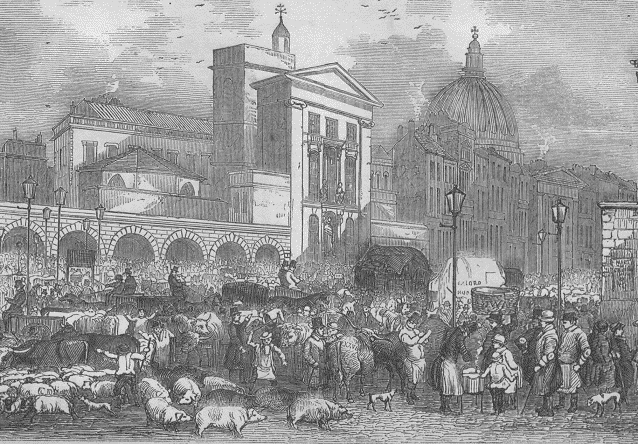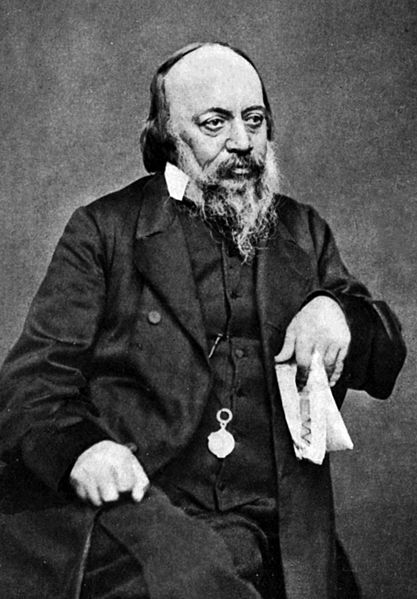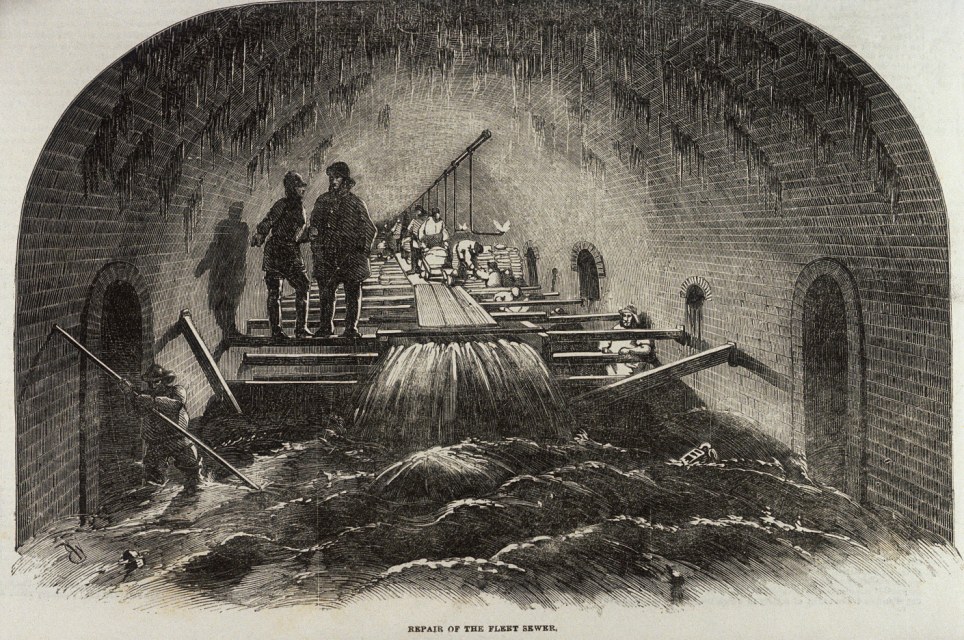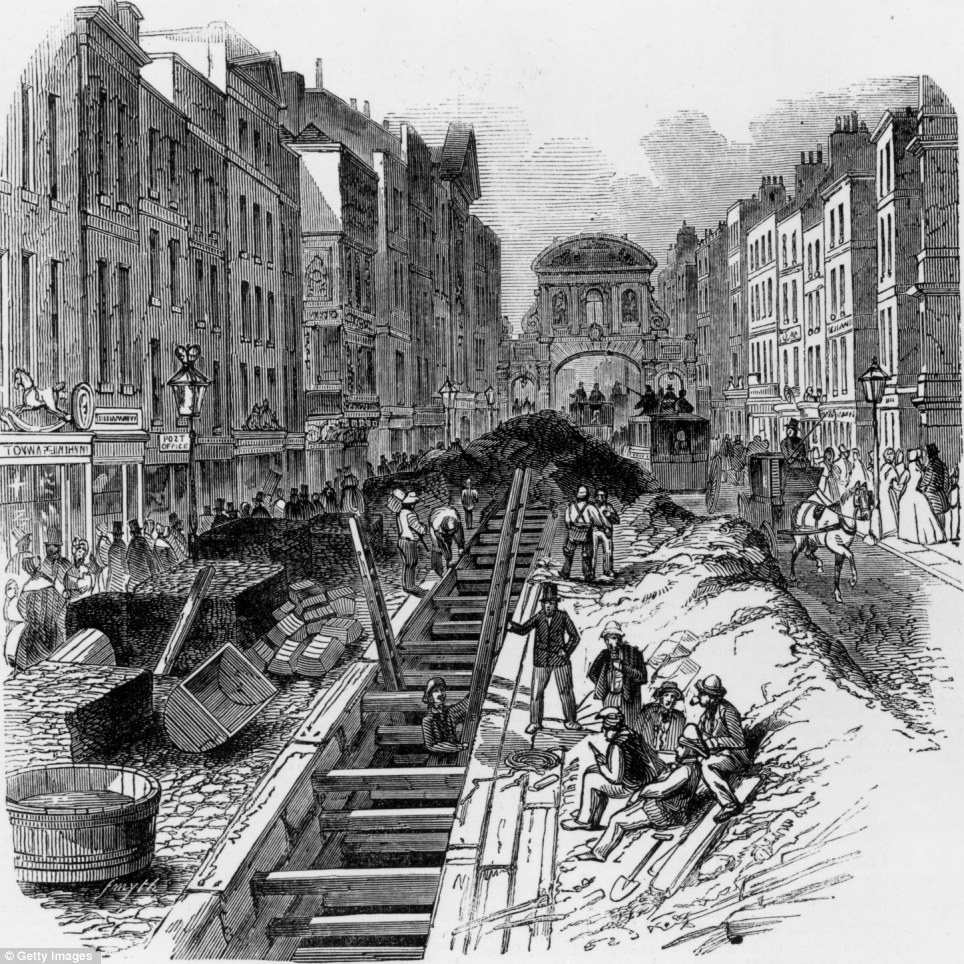The Industrial Revolution brought about many changes and ushered in a period of growth in cities. For the first time in history, machines were not dependent on the river currents and wind mills for energy. Coal and steam engines enabled factories to be built away from rural landscapes and in city-centres where there are better shipping facilities, access to raw materials, and people willing to work.

The result is a rapid increase of almost 50% in the population of Great Britain during the 19th century. An American observer during those times remarked that “the most remarkable social phenomenon of the present century [1800s] is the concentration of population in cities.” We can see, that even in the past, cities have always been the magnet for people and opportunities.


Back then, the available modes of transportation are only reserved for the wealthy. There were no public transport. House, factories, shops, and other establishment must be within walking range so people cram themselves within the area.

The rapid growth of industries and the influx of people resulted in overcrowding and unsanitary conditions. It is said that, “by 1840s, millions of English men, women, and children were living in shit”. These grievous conditions sparked a revolution in the public health movement.

One of the reformers was Edwin Chadwick. He was born in Manchester on 1800 and moved to London by 1810. Chadwick sought to provide a solution to the sanitary and health problems that plagued the Victorian-era. He believed that sickness and disease caused poverty simply because a sick worker is an unemployed worker and orphaned children were poor children. He also believed that diseases could be prevented by cleaning up the urban environment.
From our partners:

Chadwick’s reputation rewarded him with the position as a commissioner in charge with the Administration of the Poor Law Of 1834. Chadwick carried out an enquiry and study of the sanitary conditions resulting in the report – The Sanitary Conditions Of The Labouring Population, published in 1842. The report proved that disease was related to filthy environmental conditions, which were caused largely by lack of drainage, sewers and garbage collection. Chadwick was eventually appointed as Sanitation Commissioner where he campaigned for fresh, clean, and adequate supply of piped water for every house. Remember that, next time you turn on the tap.

Chadwick’s report on sanitary conditions became the basis of Great Britain’s first public health law. Soon, other European cities and the United States followed. Concrete programs of action and plans for public health and sanitation were enacted. By the 1860s and 1870s, European cities are making progress towards having adequate water supply and sewage system.
This silent revolution in public health dramatically reduced mortality rates in cities and generally improved health and life conditions for city dwellers. It also enabled other scientific and health discoveries thanks to Edwin Chadwick.














